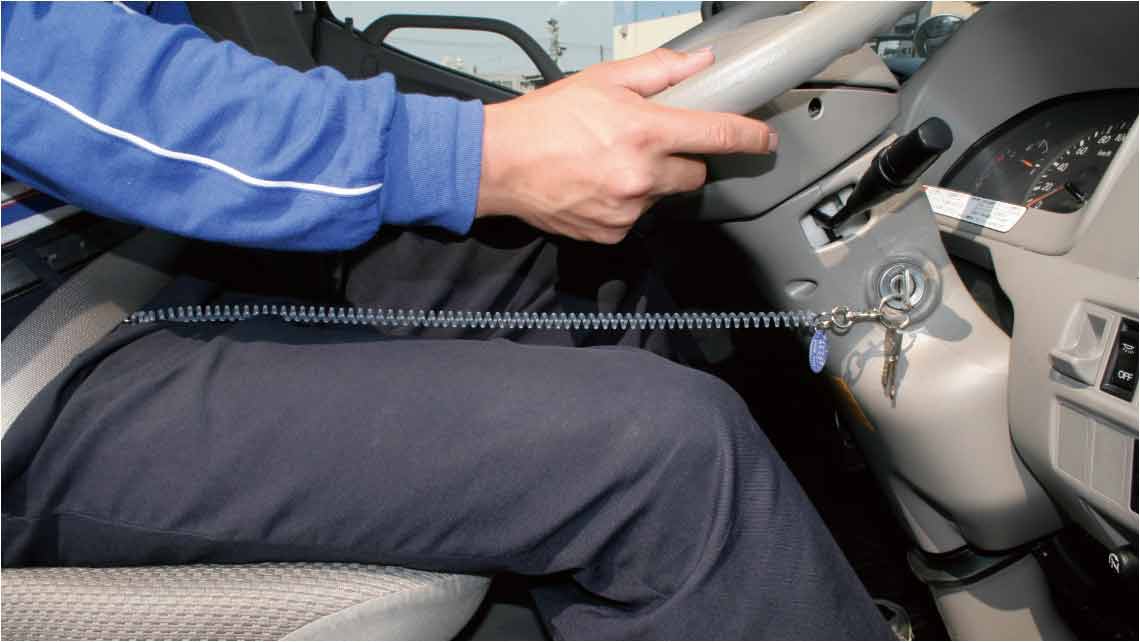Eco Safe Driving InitiativesSocial
Recognizing the commonalities between safe and eco-friendly driving, we are promoting our proprietary Eco Safe Driving method which considers both safety and the environment.
Promotion of Environmentally Friendly Safe Driving
Environmentally Friendly Safe Driving refers to environmentally friendly techniques that avoid aggressive starts, accelerations, and stops. At Sagawa Express, we teach and strictly enforce Eco Safe Driving among all our drivers.
Through Eco Safe Driving, we aim to improve driving techniques when accelerating and changing gears, as well as limit engine speeds, to reduce our environmental impact, enhance safety awareness, and reduce fuel expenses. In this way, these techniques have a positive impact on safety, the environment, and management. To further establish Eco Safe Driving among our employees, we have narrowed down the areas to prioritize and formulated the Seven Principles of Environmentally Friendly Safe Driving. We have included these principles in our Sales Drivers'Manual, as well as displayed them on posters, to better educate employees and ensure they take root.
We are also using a Seven Principles of Environmentally Friendly Safe Driving practice video in training at each sales office to further understanding among our employees.
Seven Principles of Environmentally Friendly Safe Driving
- Implement "Soft Acceleration, e-Start"
- Shift up early
- Drive at fixed speeds according to traffic conditions
- Ensure adequate spacing between vehicles
- Release the accelerator early, use the engine brake
- Enforce the removal of keys (stoppage of engines) when parking
- Conduct routine inspection and maintenance, and management of air pressure
Reduction of Exhaust Emissions through Idle Stops

At Sagawa Express we have implemented idle stop techniques for all our vehicles and drivers since 1997. As per the Seven Principles of Environmentally Friendly Safe Driving, drivers remove the key and stop the engine when away from their vehicles for customer deliveries and collections, as well as when they are loading and unloading packages at sales offices.(*Excludes refrigerated vehicles)
This helps to prevent unnecessary fuel consumption and reduce exhaust emissions, which include CO2, NOx(*1), PM(*2), and more. Implementing idle stops among all our vehicles for two hours each day can reduce annual (300 days) CO2 emissions by approximately 24,000 tons and cut fuel expenses by approximately one billion yen.
- 1: Nitrogen oxide. An air pollutant that is thought to lead to photochemical smog and acid rain, etc.
- 2: Particulate matter. Particles that are thought to provoke asthma and bronchitis.